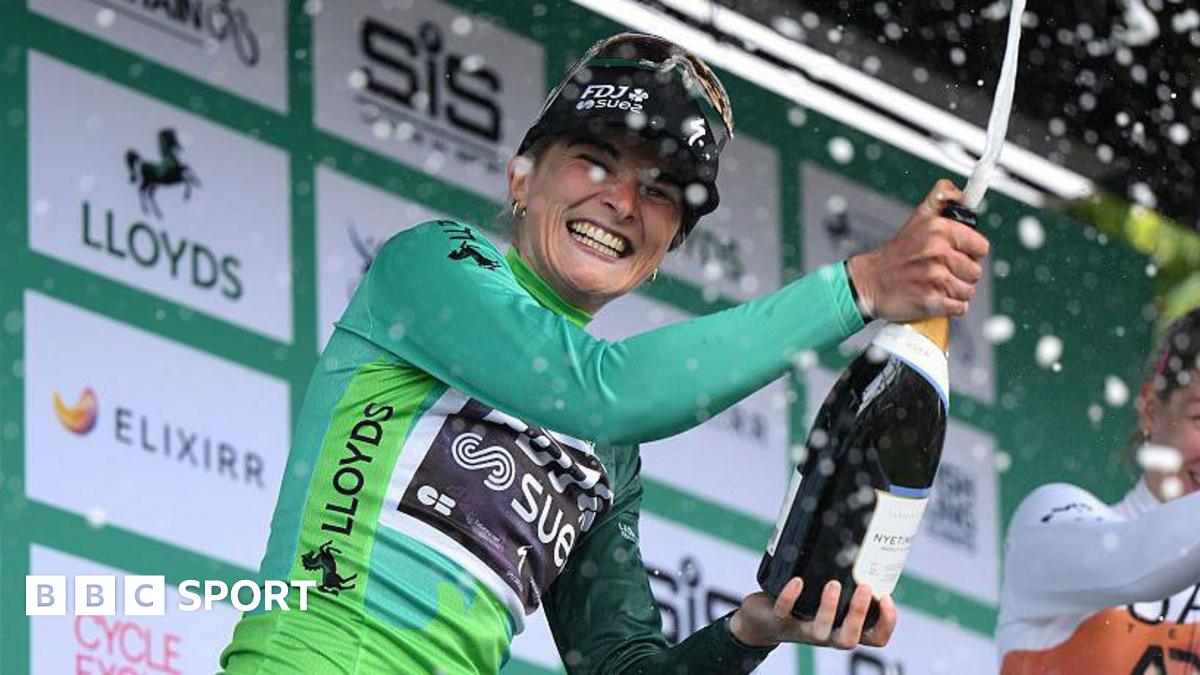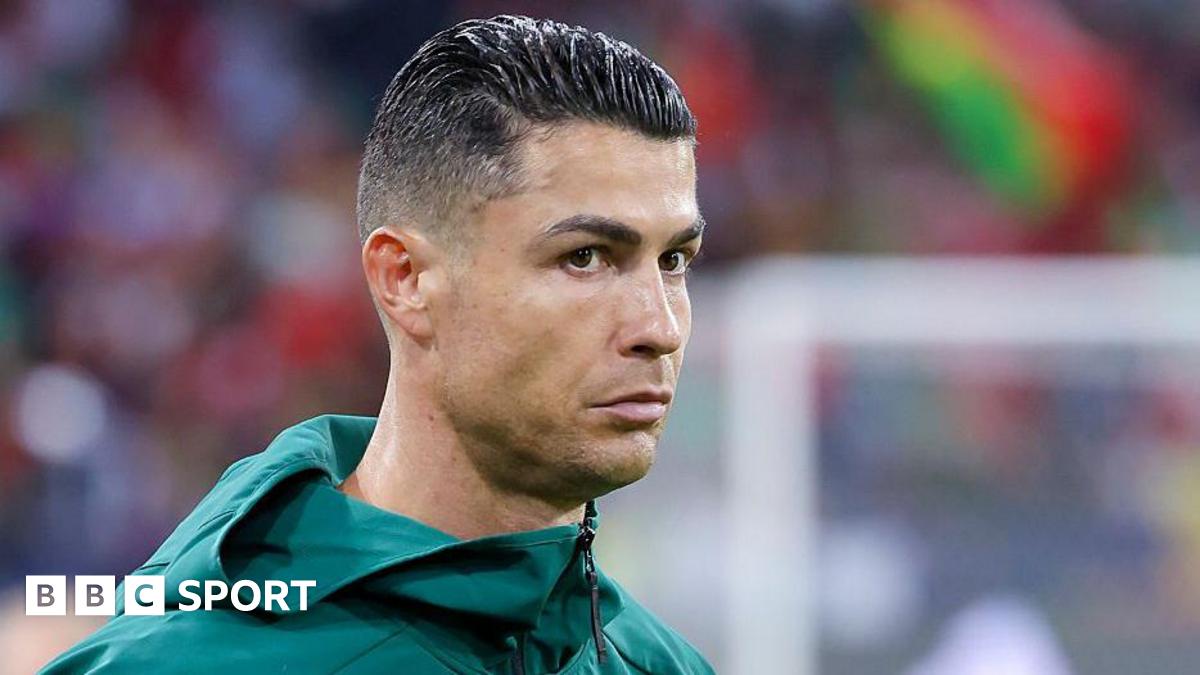BLOOMINGTON, Ind. – On Friday, the power brokers of college athletics could finally breathe of sigh of relief.
The House settlement was approved by U.S. District Judge Claudia Wilken in a 76-page ruling.
The news came late Friday after 9 p.m. ET. Wilken is the presiding judge in the California Northern District, so the ruling was made shortly after 6 p.m. PT.
The House v. NCAA case, as a legal matter, was settled between the plaintiffs of three cases combined into one class action suit against the NCAA and the power conferences. Plaintiffs claim in Wilken’s final ruling that there are 389,700 members of the settlement class.
The NCAA and power conference schools will pay $2.576 billion in damages to Division I athletes unable to sign NIL deals dating to 2016. Those damages will be spread out over 10 years.
The lasting effect of the House settlement will be a profound change in the way college athletics will operate over the next 10 years.
The House settlement established a revenue sharing model for college athletics. Student-athletes – who were once considered amateurs and who have made name, image and likeness revenue from third parties since 2021 – will now be paid directly by schools.
Power conference schools, such as Indiana, are bound to this agreement to pay athletes 22% of revenue generated. Athletes in all sports will be paid out of what will start as a $20.5 million pool annually, though there are escalators in place to change the cap based on what the level of revenue is annually. It is the school’s discretion how it wants to divide its revenue sharing money.
“We look forward to implementing this historic settlement designed to bring stability, integrity and competitive balance to college athletics while increasing both scholarship and revenue opportunities for student-athletes in all sports,” Big Ten commissioner Tony Petitti said in a statement late Friday.
As of midnight, Indiana athletics had not commented on the decision.
Most schools that sponsor major football will likely devote the majority of their pool to the sport that is responsible for bringing in the most revenue. There is no Title IX authority on how revenue sharing is allocated.
Schools outside of the ACC, Big Ten, Big 12 and SEC – the power conferences bound by the House settlement – will have the choice to opt-in or opt-out of the settlement. Schools can choose to opt-in at any time. Schools that don’t opt in will not have the financial hit of trying to pay athletes, but will also be at a disadvantage in terms of attracting them.
Student-athletes will still have the ability to make revenue beyond the revenue sharing component via the third-party NIL avenues that currently exist or via private enterprise. However, the House settlement created a clearinghouse for NIL deals above $600 that will be approved or not based on fair market value.
The clearinghouse will be run by international accounting firm Deloitte and will be called “NIL Go”.
According to Yahoo Sports, if Deloitte rejects a deal, it can be re-submitted once with alterations suggested by the clearinghouse. Deals rejected a second time are subject to an appeals process via court-overseen arbitration.
If a deal is rejected, schools can make up the difference, but it counts against their revenue sharing cap.
Also established is the College Sports Commission, the enforcement and compliance organization that will enforce the House settlement rules. The CSC role is to “facilitate revenue sharing in college sports and to ensure that name, image, likeness deals made between student-athletes and third parties are fair and comply with the rules.”
Late Friday, the CSC named former Major League Baseball executive vice president, legal & operations Bryan Seeley as its CEO.
The revenue sharing component begins when the new academic calendar begins on July 1. Schools can begin paying players on that date.
Most power conference schools already had deals in place with athletes they attracted out of the transfer portal or from traditional high school recruiting that were scheduled to start on July 1. That’s one reason why the lengthier-than-expected wait for Wilken’s approval – most felt the settlement would be approved in April – had college power brokers sweating out Wilken’s decision.
Wilken rebuked schools for getting ahead of themselves in an April brief that made House settlement approval contingent on solving the problem of roster limits, which became a thorny point for Wilken and the NCAA and power conferences.
Roster limits were created to replace the former system of scholarship limits. Schools could now offer as many scholarships as they wished, but to ensure competitive balance, a system of roster limits was created for each sport.
The side effect is that many roster sizes for both revenue and non-revenue sports dropped well below what they had been as non-scholarship walk-ons were eliminated and partial scholarship sports, which often carried sizable amounts of athletes, had their roster spots consolidated to the new limits. That meany many student-athletes had their spots eliminated by the original settlement agreement.
Wilken’s ruling explained how the problem was resolved.
“After the final approval hearing, the parties modified the SA [settlement agreement] to provide that settlement class members whose roster spots were taken away or would have been taken away because of the immediate implementation of the SA will be exempt from roster limits at any Division I school for the duration of their college careers. This means that the class members in question will not count toward any school’s roster limit for the remainder of their Division I athletic eligibility,” Wilken’s ruling stated.
That agreement on the part of the NCAA and power conference schools paved the way for Wilken’s approval.
“Approving the agreement reached by the NCAA, the defendant conferences and student-athletes in the settlement opens a pathway to begin stabilizing college sports. This new framework that enables schools to provide direct financial benefits to student-athletes and establishes clear and specific rules to regulate third-party NIL agreements marks a huge step forward for college sports,” said NCAA president Charlie Baker in a letter sent to member institutions which was also released on the NCAA social media channels.
The settlement is a landmark day in college sports as it sets the rules for the next decade, but the settlement will likely be challenged further in court. The lack of Title IX equity in the revenue sharing cap, the NIL clearinghouse, the lack of collective bargaining in creating the settlement will all be subject to legal scrutiny.
There will also be the legal issue of whether student-athletes are employees, a distinction the NCAA and its schools are vehemently opposed to.
“Significant challenges remain, including attempts to force student-athletes to be classified as employees despite their leadership at all levels opposing this,” Baker said in his letter.
It’s why the NCAA has been lobbying Congress to codify the House settlement into law. While a bipartisan group of five senators have been in negotiations on such a bill, nothing is imminent on that front.
“Attacks persist on college sports' ability to set national rules regarding years of eligibility — the policies that enable the next generation of young people to access educational and athletics opportunities,” Baker said.
“And states continue to undercut one another in a race to the bottom by challenging the ability of the NCAA and conferences to establish and enforce rules that maintain level playing fields. The NCAA and college sports leaders have made tremendous, positive change in recent years, but only Congress can address these issues,” Baker stated.
President Donald Trump has also signaled his intent to create a commission on college athletics that will likely have a say in the future of college athletics.






 English (US) ·
English (US) ·